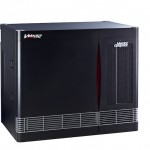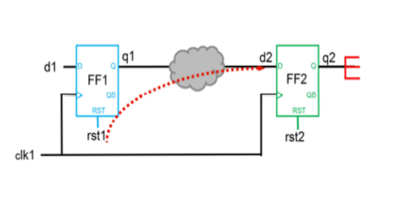Virtual Emulation for Debugging
A system-level verification engineer once told me that his company consumes over 50% of its emulation capacity debugging failures. According to him there was just no way around consuming emulators while debugging their SoC design emulation runs. In fact when failures occur during emulation, verification engineers often turn to live debugging with JTAG interfaces to the Design Under Test. This enables one engineer to debug one problem at a time, while consuming expensive emulation capacity for extended periods of time. After all, when some of the intricate interactions between system software and design hardware fail, it can take days if not weeks to debug. To say this is painful, slow, and expensive would be an understatement.
Would you be interested to learn about a better alternative for debugging SoC emulation runs? Veloce Codelink offers instant replay capability for emulation. This allows multiple engineers to debug multiple problems at the same time, without consuming any emulation capacity, leaving the emulators to be used where they’re most needed – running more regression tests. And Veloce Codelink is non-invasive – no additional clock cycles needed to extract emulation data.
If you consume as much time debugging emulation failures as the system-level verification engineer above, Veloce Codelink could double your emulation capacity, too. To learn more about Veloce Codelink’s “virtual emulation” that enables “DVR” control of emulation runs, check out our On-Demand Web Seminar titled “Off-line Debug of Multi-Core SoCs with Veloce Emulation“. In this web seminar you’ll also learn about Veloce Codelink’s “flight data recording” technology that enables long emulation runs to be debugged, without requiring huge amount of memory to store all of the data.
http://www.mentor.com/products/fv/multimedia/veloce-codelink-web-seminar




Comments